Comrades, the end!
25- 22.10.2009, 13:26

The website www.charter97.org publishes pictures from the exhibition about the Hungarian Revolution of 1956 “Freedom and Democracy” banned by Belarusian authorities.
The previous day Ambassador of Hungary Ferenc Kontra answered questions of www.charter97.org website.
- Mister Ambassador, what does this exhibition “Freedom and Democracy” mean for you and your country?
- On October 23 Hungarians celebrate the 53rd anniversary of the Hungarian Revolution of 1956. In a few decades, 20 years ago, on the same day the Hungarian Republic was proclaimed. These are the two most important events of the 20th century for our country. It is our national holiday, and we wanted to show this exhibition dedicated to this event. Its 20 parts demonstrate 20 years of our history.
We have reached an agreement with the National Library of Belarus about the price, the date and the place of holding exhibitions and a reception dedicated to the national Hungarian holiday, however 8 days before that day we had been denied the venue. Without explanations. Or rather, the explanation was the following: we have our own exhibition, and we cannot place yours. I should underline that we wanted to place both photographs of historic events and pictures of modern Hungary, its bathhouses, in order to show that tourists have great time in our country. But we haven’t been given such a possibility. We regret abut that a lot, but we have taken that into consideration.
- How do you think, how important it was for Belarusians to see this exhibition?
- I wouldn’t like to give a direct answer to this question. I would say that this exhibition is important for us. Why do I avoid a direct answer? This exhibition is called “Freedom and Democracy”. Freedom and democracy is Hungary is about how we managed to learn to talk to the opposition 20 years ago.
There are pictures there which demonstrate policemen chasing oppositionists, who later became politicians, ministers, deputies of the parliament.
There is information that 20 years ago a Round Table was held between the regime and opposition, and they agreed that the change of the outdated Socialist system would be done in a peaceful way. These are landmark historical events. Then free parliamentary elections were held, and the opposition came into power.
This exhibition is important for us. It has been translated in 5 or 6 languages, and was a success in many countries of the world, including Ukraine and Russia. We met no problems anywhere, only in Belarus, and it is such a pity for me.
- Why you have faced problems only in Belarus, to your mind?
- I think the name of the exhibition itself sounds strange for some people. Nobody asked for materials earlier, we spoke about that only in my office or in letters to Budapest. I do not know. Maybe someone decided: why such an exhibition should take place here?
If people are interested, if they want to get acquainted with the history of Hungary, it is very pleasant for us. I do not know who was displeased by this exhibition. But still, I think that this decision not to allow us to show it, has backfired against those people who banned it. A boom has worked up now. We read at websites and in blogs that people want to know where they could see the exhibition.
I would be very thankful to you if Charter’97 website would place photographs from the exhibition. I think the more people would be able to see this exhibition, the better. During yesterday’s reception we managed to show the exhibition only to guests, and it were about 200-250 persons. And in this way the exhibition would be available to everyone who is interested in our history.
HUNGARY: FROM IRON CURTAIN FALL TO JOINING SCHENGEN ZONE
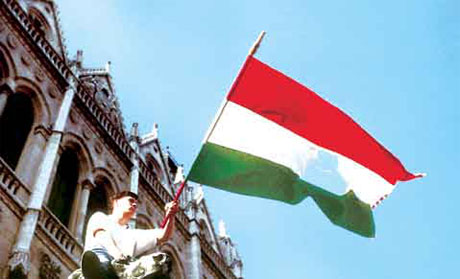
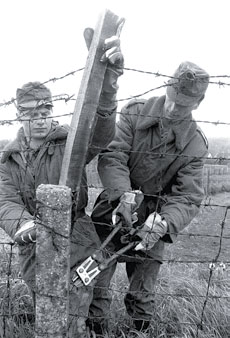

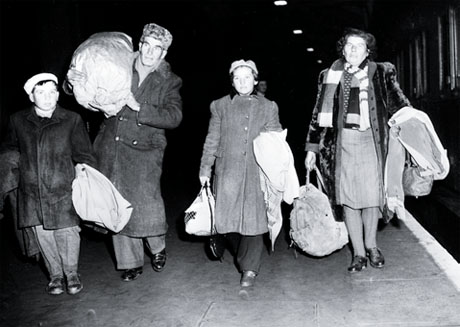

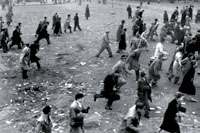
Persons trying to escape from the fire near the Parliament on October 25, 1956
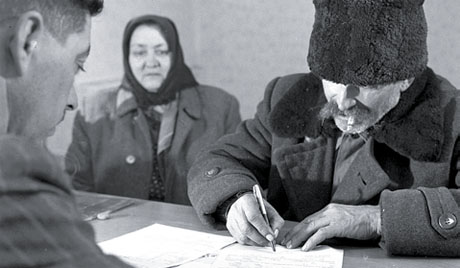

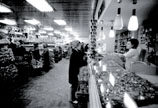
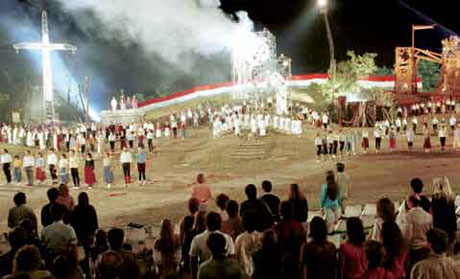
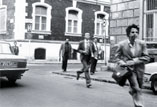

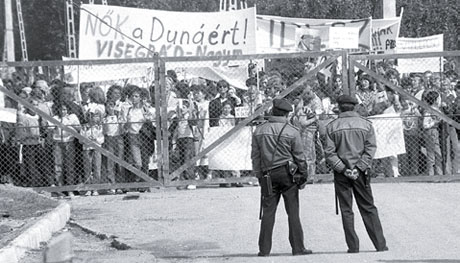



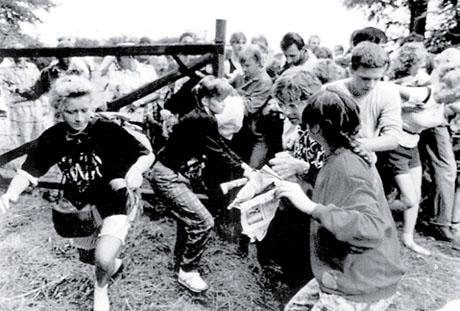
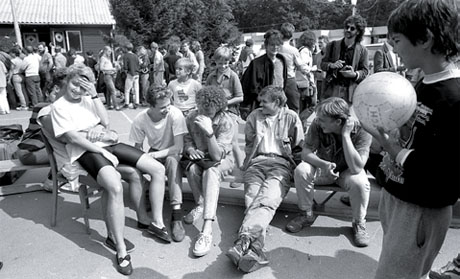

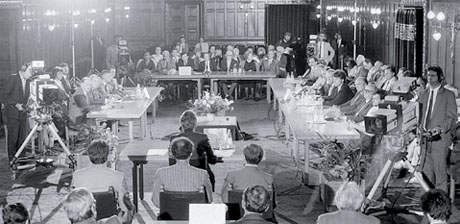
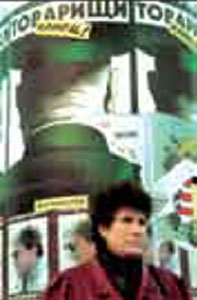
“Comrades, that’s the end!” the most conspicuous poster of the election campaign. The last Soviet military, Lieutenant General Viktor Shilov, left Hungary on June 19, 1991


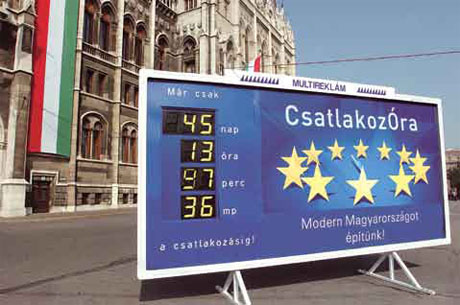
THE WHOLE EXHIBITION IS AVAILABLE AT THE WEBSITE OF THE EMBASY OF HUNGARY IN BELARUS










